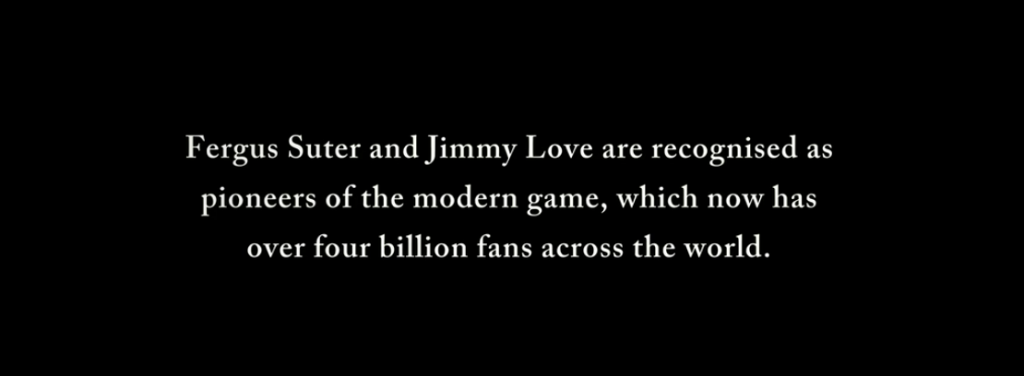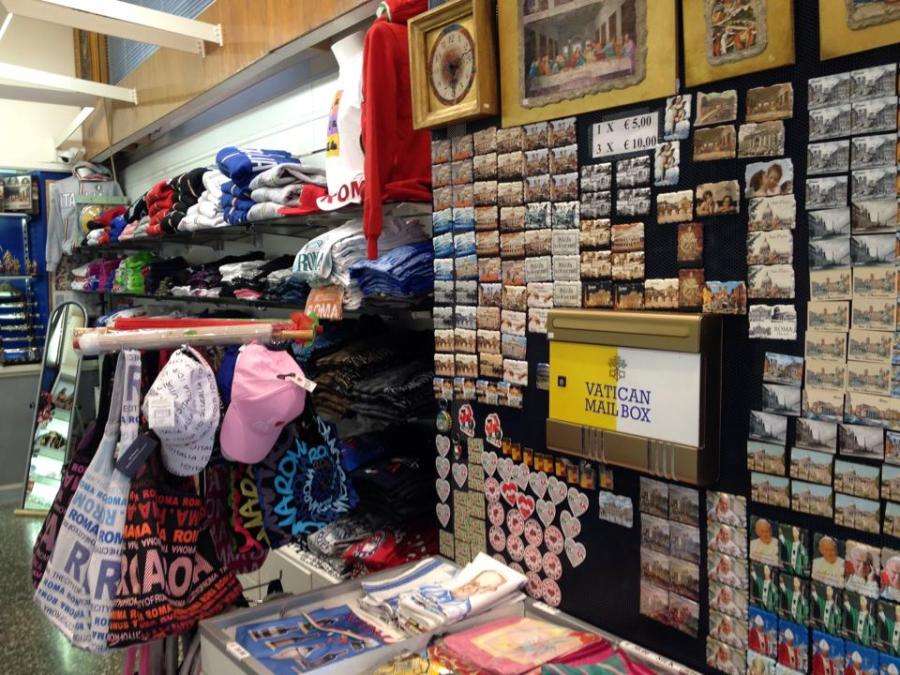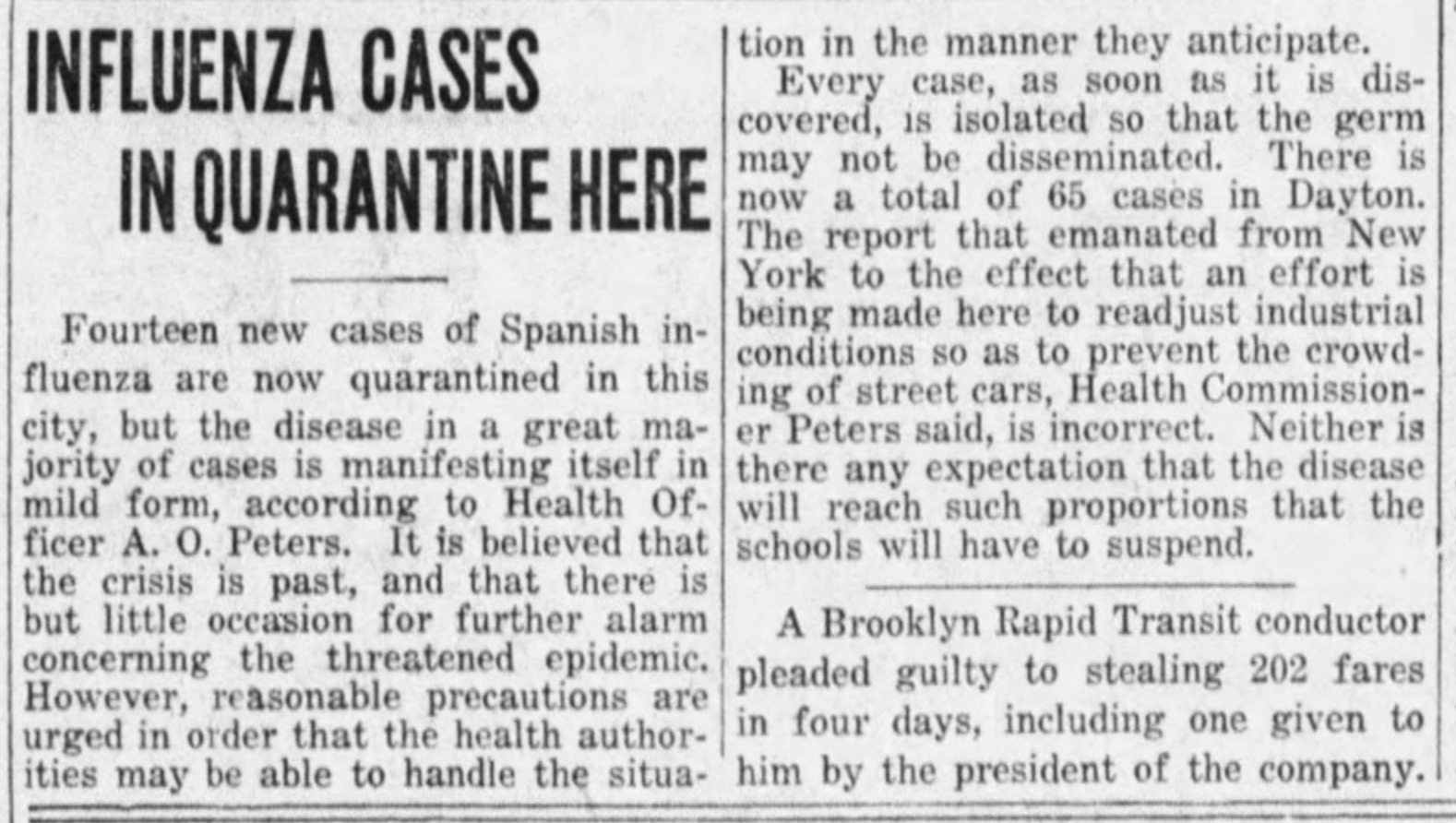
One of the curves thrown at us by COVID-19 is that there’s a large number of asymptomatic people out there, infecting others but with no sign of infection themselves (which is among the reasons why taking people’s temperatures before admitting them to a venue strikes some as mere theater). The challenge presented by asymptomatic carriers is that the signs have all been removed; since tests take time, are still not widely available in the U.S., and none of us can just look at each other and see the virus, we have to rely on visible indications of its hidden presence — knowing that their absence really might not tell us all that much. Continue reading “Just Dealing With the Symptoms”
Hitting the Mark

I watched the new Rachel McAdams and Will Ferrell movie on Netflix this weekend, Eurovision Song Contest: The Story of Fire Saga. And then I saw some comments on social media and even online reviews about how unfunny it was. They struck me as entirely missing the point, since I didn’t view it as a comedy. Instead, it struck me as a light-hearted but loving embrace of the 64 year old cultural phenomenon that Eurovision has become. And so, without an understanding of that history, of what the song contest was established to help accomplish, and how it has or has not actually accomplish those goals, sure, the uninitiated viewer may feel a little lost, much like someone utterly unfamiliar with NASCAR (yes, they do exist out there) trying to make sense of why Ferrell’s 2006 Talladega Nights: The Ballad of Ricky Bobby struck others as so hilarious. Continue reading “Hitting the Mark”
Caveat Auditor

There are times — often unexpected and sometimes rare — when a situation arises that makes profoundly evident how groups represent the world to their members in a manner that supports their interests.
Such a moment made the rounds on social media this weekend, when then US Secretary of Defense, Donald Rumsfeld, spoke at an April 11, 2003, press conference on what was, at the time, the early stages of the long war in Iraq. Continue reading “Caveat Auditor”
The Way It Ought To Be

I was putting some clean dishes away the other morning and got to thinking about structure and agency, about how chance relationships become normative patterns — and the choices we make within parameters we never intended. Continue reading “The Way It Ought To Be”
Universalizing “English” Football, Part II

“Making Football English” (Part I of this two-part series) addressed the ways in which Julian Fellowes’s The English Game narrativizes the origins of football (or soccer, for those of us in the U.S.) as distinctly English despite the Scottish influence on the English game. As discussed in part one:
Football historian and The English Game consultant Andy Mitchell tells The Telegraph‘s Paul Kendall, “The Scottish game was far more effective than the English game at this time. The English version … was more like rugby.” Paul Kendall continues: where the English teams “would just dribble in a pack and try and force a goal through brute strength,” the Scottish teams “developed a way of making space and passing the ball … playing the game as we understand it today.” The series concludes with this title frame:

Apart from Fellowes’s endeavor to portray football as distinctly English, I found this concluding title slide in the final episode particularly intriguing. The so-called “English game,” pioneered by Scottish professionals, is presented not only as being distinctly English, but also as the standard for modern football around the globe. Continue reading “Universalizing “English” Football, Part II”
Making Football English, Part I

Being a fan of both soccer and Downton Abbey, I decided to check out one of Julian Fellowes’s recent productions, The English Game. The Netflix miniseries, which aired in March 2020, is about the birth of football (or what we here in the US call soccer). The feel-good, wholesome show is set in 1879 and tells the story (with some embellishments, of course) of how a working-class team challenged and disrupted a gentlemen’s game. Take a look at the trailer…
The show opens with the historic 1879 Football Association (FA) Cup quarter-finals between the Old Etonians and Darwen FC. The Old Etonians are an amateur team of gentlemen, captained by Arthur Kinnaird (Edward Holcroft), the 11th Lord of Kinnaird. Darwen FC, on the other hand, are a working-class mill team in Lancashire who have just (illegally) hired Fergus Suter (Kevin Guthrie) and Jimmy Love (James Harkness), two players from Partick, a football club in Scotland. Continue reading “Making Football English, Part I”
Trinkets from the Vatican Gift Shop

On a 2015 trip to Florence and Rome (my first visit to both cities), I had the opportunity to take in some of the more popular sites, such as the Pitti Palace and the Roman Forum, along with several museums and basilicas that are as plentiful in those parts of Italy as Walmart and waffle houses are in the U.S. Both cities were flooded with tourists, which made popular attractions like Michelangelo’s David a challenge to see without advanced booking and marked virtually every experience as one that was shared with camera-totting strangers. At some of these sites, this meant being herded through an enclosed space by stern security guards, as I encountered at the Sistine Chapel:
Silence, silencio, no photos.
The sheer abundance of it all — from people to works of art to the rich and flavorful cuisine — was overwhelming at times, offset by more tangible realities on the ground, such as Nigerian merchants of black market leather purses and the many Indian migrants who traded in sunglasses, scarfs, and colorful tennis ball sized toys that would be tossed down on a wooden plank, splatter, and re-form in a matter of seconds … pick up and repeat. In Rome, unlike in Florence, they even made a noise — “whaaah” — that could be heard at uneven intervals on popular streets throughout the city. Continue reading “Trinkets from the Vatican Gift Shop”
“It’s Just Like the Flu”

Ever since the COVID-19 virus hit the news there’s been debates over what to call it. (COVID-19 just means Coronavirus Disease 2019, by the way.) We don’t have to go so far as to cite the current US administration’s habit of sometimes naming it as “the Chinese virus” (see this commentary or maybe this post on our site) but can simply focus on what’s at stake in calling it “the flu.”
For, depending on what one means by this, the designation “flu” can convey dramatically different implications — making all too apparent something investigated regularly on this blog: classification matters. Continue reading ““It’s Just Like the Flu””
Guys Like Us

If you’re of a certain generation then you likely recall the theme song to “All in the Family,” a once-popular TV show that aired in the US for 9 seasons, all throughout the 1970s. Sung before a live audience by Carroll O’Connor and Jean Stapleton, the stars of the show, it spoke of a nostalgia for the good old days — a past constantly in tension with the present of the series.
In early 2019 the show was recreated for a special live broadcast, this time with Woody Harrelson and Marisa Tomei in the lead roles of Archie and Edith — the latter the eternally optimistic and long-suffering wife of the grumpy (and yes, openly racist and sexist) former. That Archie and his now outdated views were often the butt of each episode’s joke, as they say, was what made the series so popular for many, for it was broadcast at a time when race, gender, class and even generation relationships in the US were very under the microscope. Continue reading “Guys Like Us”
Mute Books that Speak Volumes

You all know that old saying, the one about not judging a book by its cover, right? Well, I happened across some online French Revolution-era reproductions of books, with plain covers, that struck me as rather interesting.
The description of this product runs as follows:
Grand Tomes (Set of 3)
During the French Revolution, reading was forbidden in order to prevent the spread of rebellious stories about the monarchy. During that time, printers produced couverture muette or “mute books” – books with blank covers – to avoid detection. Paying homage to those historic 18th-century tomes, these exquisite books are entirely crafted by hand, from the torn paper and simple cover boards to the naturally stained linen bindings and timeworn labels. The only difference? The pages within are blank.
What’s so interesting to me about these “muted books” is the strategic reversal: an historical artifact that once protected dangerous content by means of an unsignified cover now, instead, has utterly blank content and a plain cover that speaks loudly of antiquity, culture, and learning — at least to those who place them around their living rooms or dens.
But despite the curious reversal, all anyone does with these books is hope that people judge them by their covers: whether disguising once dangerous ideas or putting one over on our guests.
